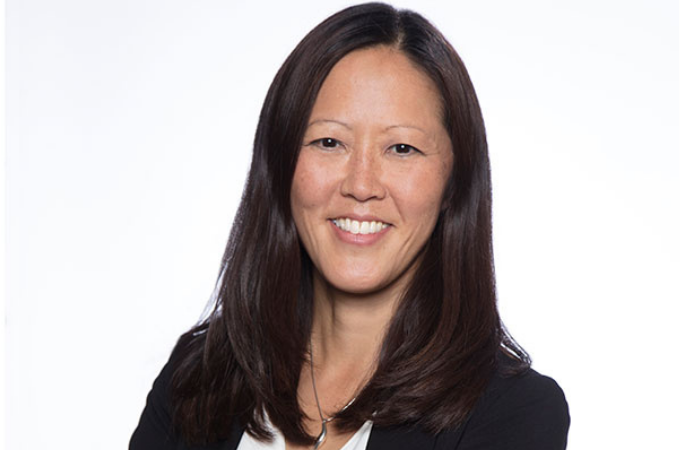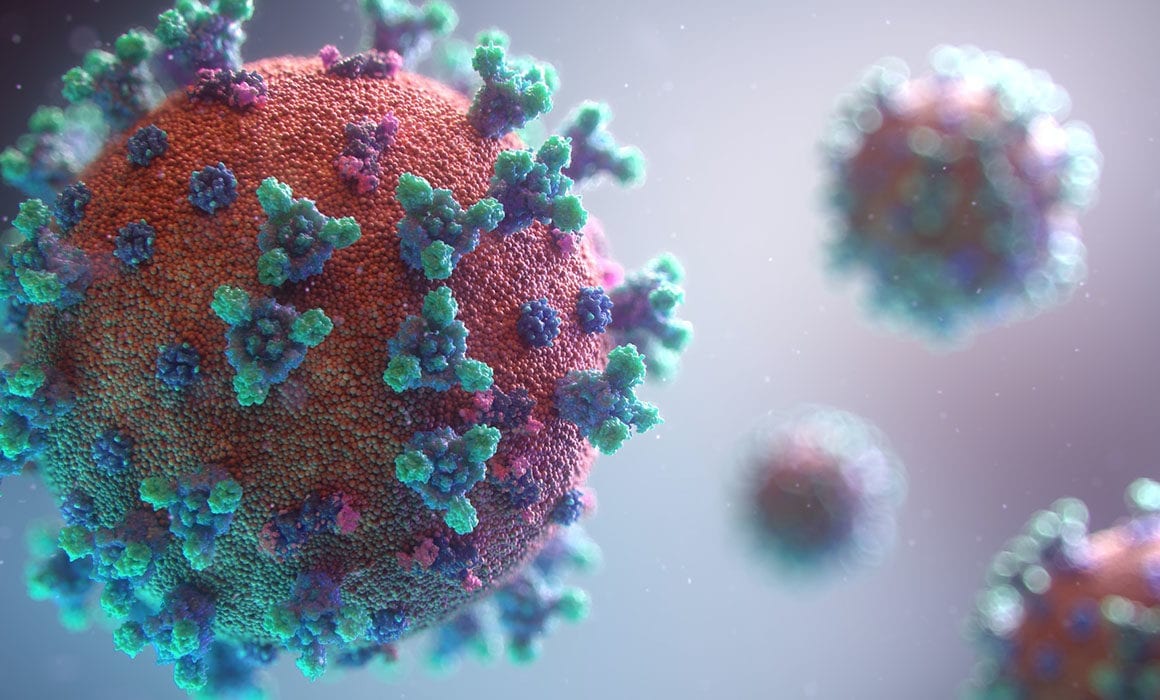
Dr. Grace Lee
We spoke with Grace Lee, M.D., on California’s vaccine progress, the vaccines’ efficacy and what it all means for educators. Lee is chief medical officer for practice innovation and an infectious diseases physician at Stanford Children’s Health, and currently serves on the federal Advisory Committee on Immunization Practices (ACIP) and California’s COVID-19 Scientific Safety Review Workgroup.
What determined educators’ priority in the vaccine rollout?
ACIP sees teachers and educational staff are a critical part of the frontline workforce that is vital for the functioning of our society — for kids, for parents and others. That was the rationale in including educators in Phase 1b who need to be in the workplace to effectively do their jobs. It was a high priority to protect our frontline essential workers.
What do you mean when you say vaccines are part of layers of protection — the “Swiss cheese model”?
Currently available vaccines are 95 percent effective, but for the 5 percent where it doesn’t work, that’s one hole in your layer of protection. Even if we [wear masks] most of the time, still another hole exists when we are non-adherent. Another layer is social distancing, and yet another is cohorting.
The goal is to have many layers, so if the virus gets through because one or two holes line up, another layer will protect us. The great thing about the vaccine is it gives us 95 percent protection at two doses, and doesn’t require us to rely on perfect behavior (ourselves and others) to achieve that protection. If we all get vaccinated, we can get to herd immunity much more quickly and safely.
How safe and effective are the currently available vaccines?
Clinical trials published for Pfizer and Moderna were far more inclusive and transparent about their focus on diverse populations than what we typically see in clinical trials. This was important because people want to know: Is the vaccine going to work for me? Maybe I’m older, maybe I have high-risk medical conditions, maybe I’m worried there are differences by race/ethnicity. [Pfizer and Moderna’s trials showed] efficacy by age, race, ethnicity, whether you were considered frontline workers, and including teachers and educational support staff. All groups had high levels of efficacy.
What about children and youth?
Pfizer and Moderna are enrolling people down to age 12, which to effectively reopen high schools is important data to have. For educators and reopening, the hardest has been at high school and university levels, because you can’t cohort people as effectively in a bubble as you can when you’re in elementary school.
What can most people who get the vaccine expect to experience, and what are the risks?
The majority can expect some tenderness and redness at the vaccine site; that’s common within two or three days, and usually lasts less than 48 hours. A smaller proportion will have reactions such as headaches, chills and fever within a few days; they are short-lived.
What would you say to someone who’s unsure about getting vaccinated?
Risk is extremely high in communities — just look at California. Hospitals are full, and our death rates from COVID are higher than just about anywhere else. If you compare the risk of getting infected in the general population versus vaccine recipients, to me that’s proof of why I would want to get a vaccine. Your risk goes way down, and the vaccine seems durable for at least the coming months.
Your thoughts on the overall rollout?
I’m feeling good about the new administration being able to restore the voice of science in our conversations and decision-making, and having the federal government speak with a single voice to where we are in the pandemic, what supplies we have in hand, and what we need ahead. Leadership is critical for us to move forward together.
With effective communication, good national leadership and good planning, I am confident that we’ll be able to vaccinate rapidly and protect everyone who wants this protection. I think that’s what will make the difference for us all in addressing the pandemic.
Resources and Information
CTA continues to demand that schools not reopen until they are safe for students, educators and our communities. Vaccines are one component of comprehensive safety efforts. Read CTA’s stance on reopening schools and the Jan. 27 letter to state leaders at cta.org/COVID-19.
Be sure to check out CTA’s COVID-19 vaccine resources, including FAQs for educators and latest updates, at
cta.org/for-educators/covid19/covid-19-vaccine-resources.
